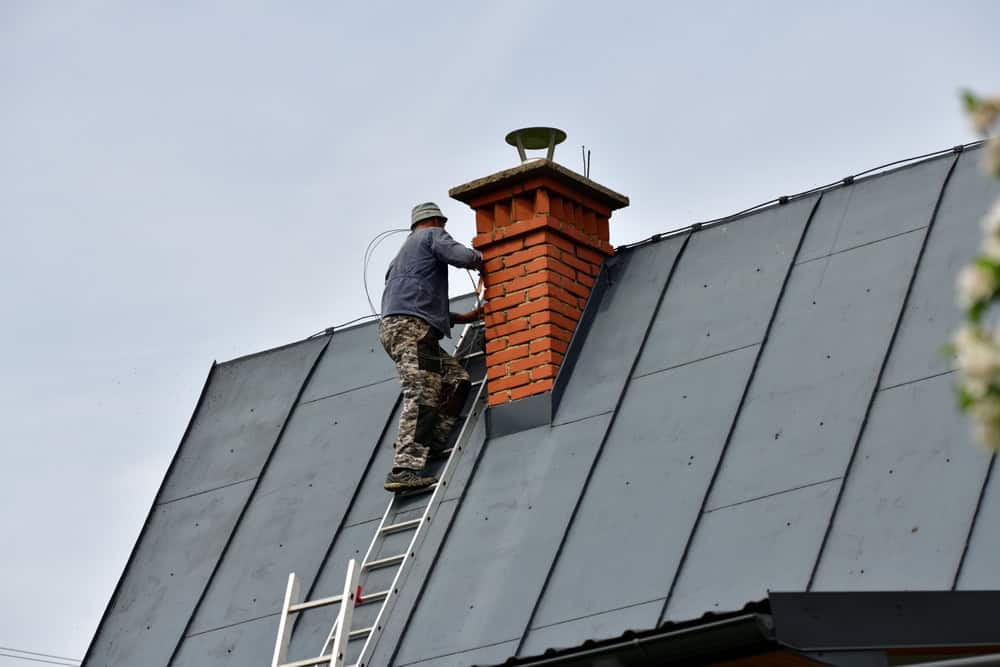Professional stainless steel chimney liner installation that eliminates draft problems and safety hazards permanently.

Hear from Our Customers

When your chimney liner fails, everything changes. Smoke backs up into your home. Your heating system struggles. Carbon monoxide becomes a real threat.
A properly installed stainless steel chimney liner fixes all of this. You get consistent draft that pulls smoke up and out every time. Your fireplace or heating system operates efficiently again. Most importantly, dangerous gases stay where they belong – outside your living space.
The difference is immediate and lasting. No more worrying about smoke filling your room when you light a fire. No more concerns about invisible dangers. Just reliable performance from a chimney system that works the way it should, protecting your family and your home for decades to come.
Certified Chimney Inspections has been serving Pascoag and surrounding Rhode Island communities since 2000. We were formally established in 2016, but our same experienced team has been working together for over twenty years.
Every one of our technicians is CSI certified through the Chimney Safety Institute of America. This isn’t just a piece of paper – it means we understand proper installation techniques, safety protocols, and local building codes that matter in Rhode Island’s unique climate.
You’re not getting a general contractor who dabbles in chimney work. You’re getting specialists who have seen every type of liner problem and know exactly how to fix it right the first time.

Our process starts with a thorough inspection of your existing chimney structure. We measure the flue dimensions and assess the condition of surrounding masonry to determine the right liner size and installation approach.
Next comes the actual installation. We remove the old liner if necessary, and the new stainless steel liner is carefully lowered into place. Proper connections are made at both the top and bottom, with appropriate insulation added when required by code or for optimal performance.
Finally, everything is tested to ensure proper draft and sealed to prevent moisture intrusion. You receive documentation of the work completed, including any warranty information. The entire process typically takes one day for most residential installations, and you can use your fireplace or heating system immediately after completion.

Ready to get started?
Each chimney liner installation includes the high-grade stainless steel liner, proper top and bottom connections, and all necessary hardware for a complete installation. We handle permits when required and ensure everything meets local Rhode Island building codes.
Pascoag’s coastal location means salt air can accelerate chimney deterioration, which is why we use only premium materials designed for New England’s challenging climate. Our stainless steel liners resist corrosion and maintain their integrity through decades of heating seasons.
You also get a comprehensive cleanup after installation and documentation of all work performed. We provide free estimates upfront, and in-house financing options are available for qualified customers who prefer to spread payments over time rather than pay everything at once.
